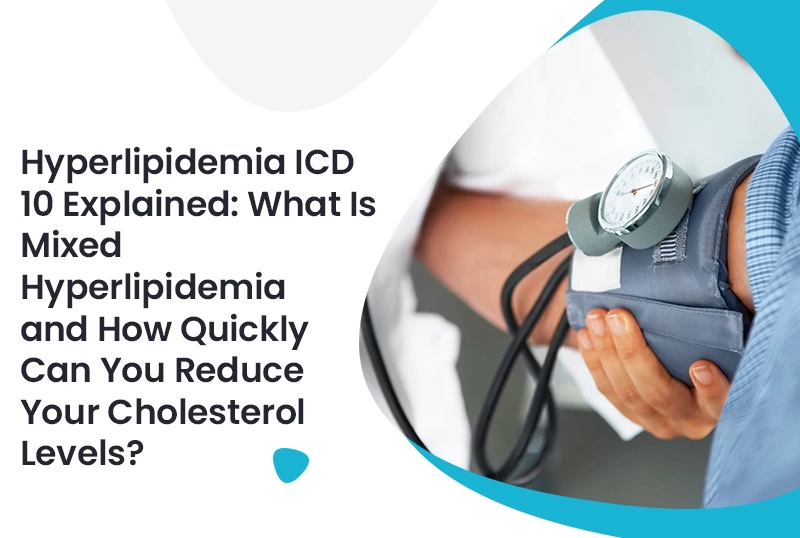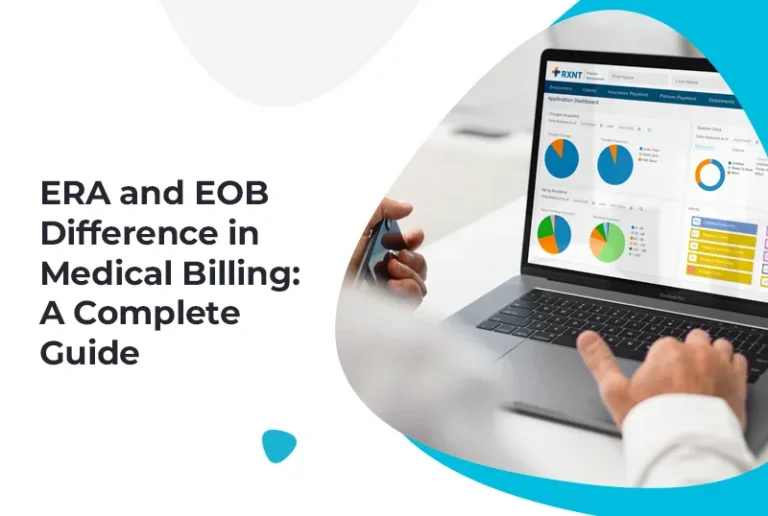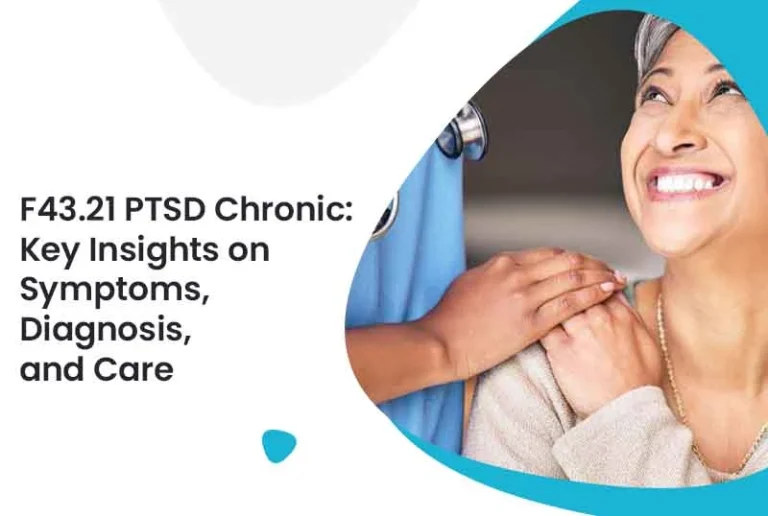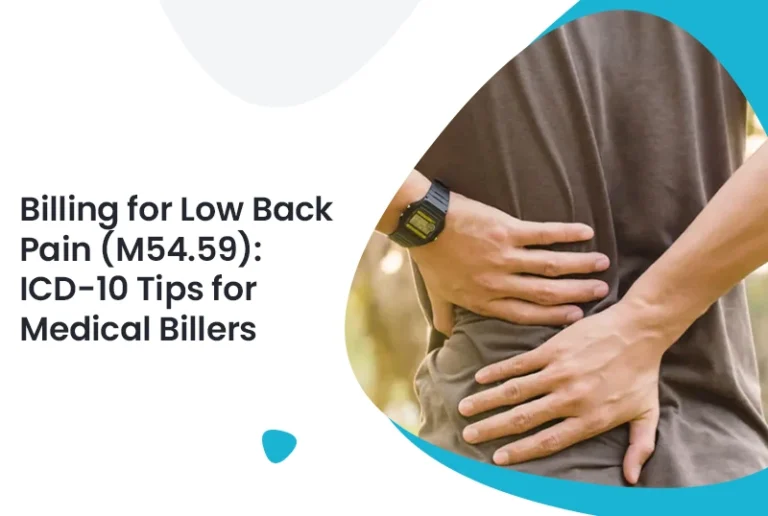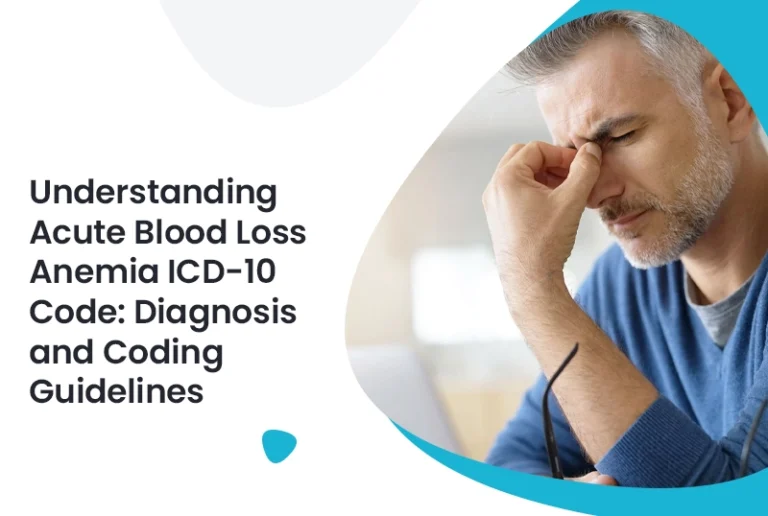If you’re navigating healthcare diagnoses or billing, you’ve likely come across the hyperlipidemia icd 10 code. Understanding it is key for both accurate patient records and correct billing. Many clinics rely on a trusted medical billing company to ensure they document hyperlipidemia properly and stay compliant with insurance requirements.
Hyperlipidemia refers to high levels of lipids (fats) in the blood, such as cholesterol and triglycerides, a major risk factor for heart disease and stroke. But what about mixed hyperlipidemia, and what does the ICD 10 system say about it?
What Is Hyperlipidemia ICD 10 Code?
In medical coding, E78.5 is the primary ICD 10 code for unspecified hyperlipidemia. It’s a chronic condition where the blood has too many lipids, raising the risk for cardiovascular disease.
Key Points About E78.5 ICD 10:
- E78.5: Hyperlipidemia, unspecified
- E78.0: Pure hypercholesterolemia
- E78.2: Mixed hyperlipidemia
If a physician doesn’t specify the type of lipid abnormality, E78.5 is used.
What Is Mixed hyperlipidemia icd 10?
Mixed hyperlipidemia means high levels of both cholesterol and triglycerides. This dual elevation further increases the risk of plaque buildup in arteries, leading to serious conditions like heart attacks.
Common Causes:
- Genetic factors
- Poor diet (high in saturated fats)
- Lack of exercise
- Underlying conditions like diabetes or hypothyroidism
Symptoms to Watch For:
- Often asymptomatic
- May be discovered through routine blood work
- Sometimes linked with xanthomas (fatty deposits under the skin)
Understanding these distinctions is crucial for accurate coding and billing, a detail that Revenue Cycle Management teams focus on to prevent claim denials and ensure faster reimbursements.
How Quickly Can You Reduce Your Cholesterol Levels?
Wondering how quickly you can reduce your cholesterol levels? Good news, positive changes can show results within 4 to 6 weeks, though it can vary based on individual health factors and commitment to lifestyle changes.
Effective Strategies to Lower Cholesterol:
- Adopt a heart-healthy diet: Focus on fruits, vegetables, whole grains, and lean proteins.
- Exercise regularly: Aim for at least 30 minutes most days of the week.
- Quit smoking: Improves HDL (“good” cholesterol) levels quickly.
- Limit alcohol: Excess drinking can raise cholesterol and blood pressure.
- Medications: Statins and other cholesterol-lowering drugs, if prescribed.
Story Time: Take John, a 50-year-old patient diagnosed with mixed hyperlipidemia. By switching to a Mediterranean diet, committing to daily walks, and adhering to his doctor’s advice, his cholesterol numbers improved significantly in just two months!
Importance of Billing and Coding
Billing hyperlipidemia services accurately ensures your practice gets paid promptly. Effective medical billing and coding minimize denials and delays.
When coding for hyperlipidemia:
- Always specify if it’s mixed (E78.2) or unspecified (E78.5).
- Link it to other conditions like diabetes, if applicable, following payer rules.
- Keep documentation precise, insurers need to see the clear medical necessity.
A miscode can not only delay payments but also raise compliance red flags. Therefore, it’s vital to use proper ICD 10 codes, up-to-date software, and skilled billing professionals to maintain billing accuracy.
Conclusion
Understanding the hyperlipidemia ICD 10 code and identifying mixed hyperlipidemia can transform your patient outcomes and your practice’s financial health. With the right approach, you can help patients reduce cholesterol quickly and ensure smooth billing with accurate coding practices.
Looking to boost your billing success and help more patients stay heart-healthy? It all starts with mastering the basics from diagnosis to documentation.
FAQs
1. What is the hyperlipidemia icd 10?
The primary ICD 10 code for unspecified hyperlipidemia is E78.5.
2. What does mixed hyperlipidemia mean?
Mixed hyperlipidemia refers to elevated cholesterol and triglycerides simultaneously.
3. How long does it take to lower cholesterol?
Typically, noticeable improvements can occur within 4 to 6 weeks with lifestyle changes and medication.
4. Why is proper coding important for hyperlipidemia?
Accurate coding ensures correct billing, quicker reimbursements, and compliance with insurance regulations.

